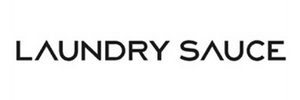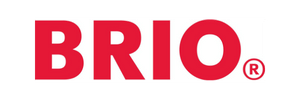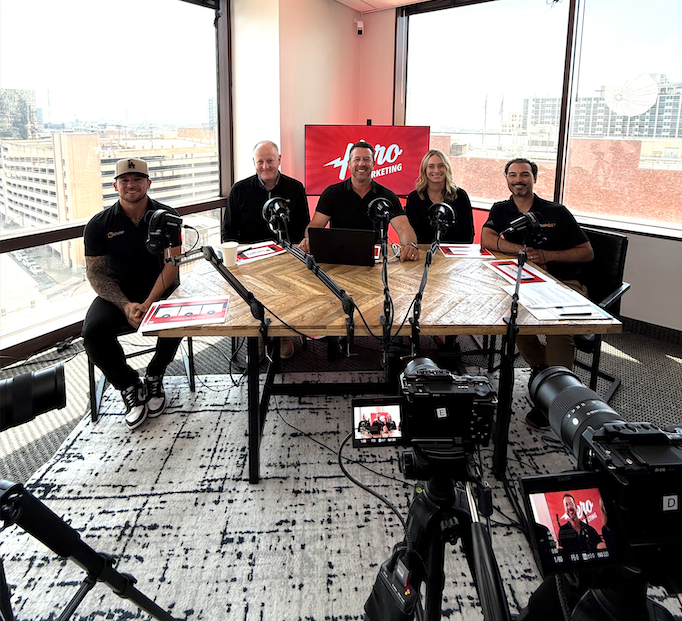What is a Sales Pipeline?
Working in sales can be tough: constant phone calls, emails, tracking, and persuading potential customers. Setting up a sales pipeline might sound easy, but it requires time, effort, and planning to achieve one that works well for your business. Before you start here's what to keep in mind.

Working in sales can be tough: constant phone calls, emails, tracking, and persuading of potential customers. We’ve all gone through a point in our lives where we’ve sold or tried to sell something – from pre-loved toys, lemonade, DIY crafts, to our own homemade delicacies.
During the Covid-19 pandemic, especially, there has been a steep increase in the number of independent online sellers and the establishment of smaller businesses. With this new trend quickly gaining traction, you might find yourself in a situation wherein your business grows too fast and before you know it, you’re not able to keep up with all your leads. This is where a sales pipeline will definitely help you out.
A sales pipeline is a handy tool that is used to visualize your sales process – from lead generation all the way to closing a deal with a customer – that will generally give you a better picture of which sales activities are most profitable and which are stalling. It also gives you the ability to track multiple leads as they advance through the different phases of the purchasing process.
Overall, the sales pipeline breaks down the whole sales process into smaller parts, making goals easier to achieve.
THE STAGES OF A SALES PIPELINE

Setting up a sales pipeline might sound easy, but it requires time, effort, and planning to achieve one that works well for your business.
Before you even try to set up one, there are some things worth keeping in mind to lessen confusion:
- List your prospective buyers. It would help to know the general audience of your product or service.
- Know your team’s sales process. This will determine the direction you want your pipeline to move in.
- Set your revenue targets. The pipeline’s goal is to help you achieve your intended targets, so start out by setting an attainable revenue target.
- Include colleagues in the planning process. Consulting with them, or calling a company meeting to lay the foundations for the pipeline will not only set a single vision for the company, but foster cooperation and idea-sharing. You are all on one team after all.
Once you have the foundation set, you can start building up your sales pipeline. Generally, the sales pipeline is divided into stages:
- LEAD GENERATION / PROSPECTING
This is always the first step. In simple terms, it is finding someone who needs – and therefore buys – what you’re selling. The goal is to generate awareness and curiosity about your product. This may be done through traditional advertising, social media postings, video content, or through influencers.
- LEAD QUALIFICATION
This stage tries to determine if the lead is interested in learning more about your products or services. This can be achieved through research, talking to leads, or offering a deeper look into what you’re selling.
- DEMO / MEETING
At this point, your prospect has become interested enough to agree to see a product/service demo or to meet with a sales rep to talk more in-depth about the product. This is your chance to build a strong relationship with them.
- PROPOSAL
Assuming the previous phase was a success, creating a proposal that is beneficial to both you and the client is the next step. This is where you can pull out your competitive advantage over other similar sellers. Using creative CRM (Customer Relationship Management) tools like a handwritten note could serve to increase the opinion of the proposal.
- NEGOTIATION AND COMMITMENT
Negotiating with your client for a win-win scenario is important in building the trust and confidence they have in you and your business. Committing to a specified agreement can greatly influence the future actions of potential clients.
- SEAL THE DEAL
Once everyone is happy with the agreement, the deal is closed and the sale is made. Most businesses end here, but if you want to stand out, there’s one more thing you need to do.
- FOLLOW-UP POST-SALE
To make customers feel that you care for them, continue to make follow-ups with them long after the deal has been finalized. Ask them for feedback about your product/service. Offer support and encourage them to get in touch often. This is where you can also start injecting cross-selling of other products, and even upselling their existing product.
WHY DO YOU NEED A SALES PIPELINE?
A sales pipeline is a vital tool for any business, especially when dealing with several leads, products, services, and sales processes. Here are some reasons why:
- It shows the status and accounts of sales representatives. As a business owner, you not only have to think about clients down the line, but also of the people who are pushing your products out into the market: your salespeople. A sales pipeline allows you to monitor the progress of your people and how close or far they are from hitting their quota.
- It shows sales effectiveness at each stage. Since the pipeline allows us to check the flow at each stage, we can determine where leads are most active or where others become stagnant. This allows us to change strategies and improve stagnant areas.
- You can forecast the possible revenue. Every business wants to make a profit. As you are able to monitor the current flow of activities inside the different stages of the pipeline, you will be able to better estimate the number of leads converted into done deals, and therefore, revenue.
CONCLUSION
On the whole, a sales pipeline is crucial in ensuring that your company is on the right track to profitability and success. Without this tool, you can easily be misled into thinking that just because you have abundant lead sources and prospects, you are making a huge amount of profit.
The sales pipeline shows what you are or aren’t doing during the sales process to ensure high conversion from sales prospects to paying customers. Whether through direct mail or other social media platforms, you can ensure your pipeline will generate more profit for a higher bottom line.
Read more insights
-min.png)
Get expert insights for real mail campaigns
Everything you need to launch, run and scale handwritten card mail campaigns. Subscribe today!
































Ready to create your first magic moment?🚀
Start using IgnitePOST today. It's free to signup!
No contracts, no commitment and unbelievable support.
.svg)







.png)